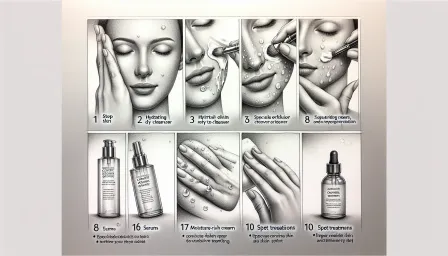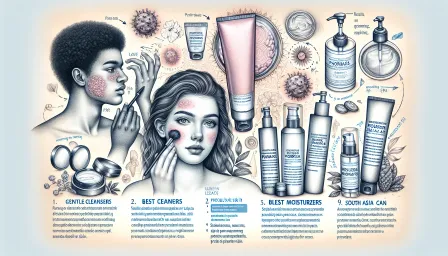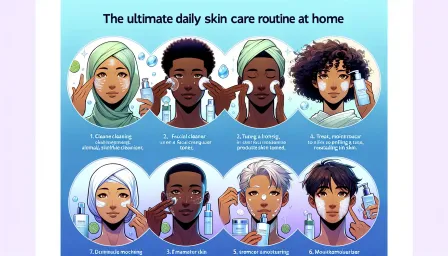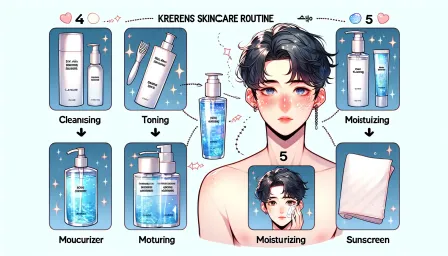How to Start Tretinoin: A Beginners Guide for Clearer Skin
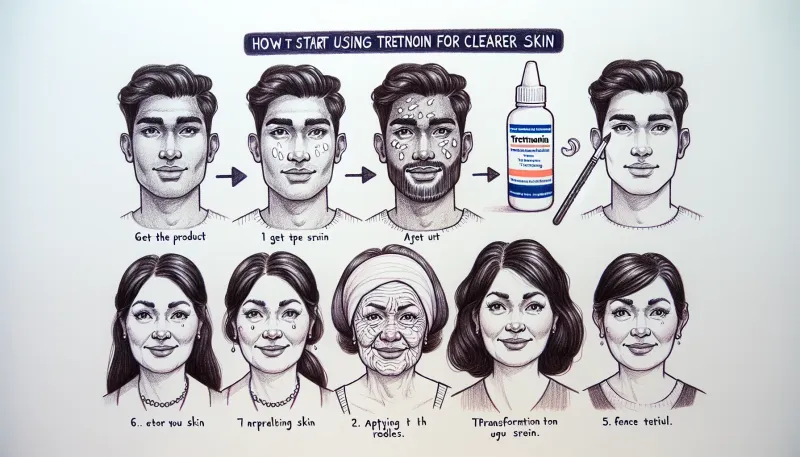
Learn how to start tretinoin with this comprehensive beginner's guide, providing step-by-step instructions for clearer and healthier skin.
Tretinoin, also known as Retin-A, is a potent topical medication widely recommended by dermatologists for addressing a variety of skin issues, such as acne, fine lines, and hyperpigmentation. If you're considering introducing tretinoin into your skincare routine, it's crucial to begin correctly to ensure the best results and minimize potential side effects. This guide will provide you with everything you need to know on how to start tretinoin safely and effectively for clearer and healthier skin.
What is Tretinoin?
Tretinoin is a derivative of Vitamin A and belongs to a class of drugs known as retinoids. It works by promoting cell turnover, unclogging pores, and improving skin texture. Tretinoin is often prescribed for treating acne, reducing the appearance of fine lines, and improving skin tone by diminishing dark spots.
Benefits of Tretinoin
1. Acne Treatment
Tretinoin helps to prevent and treat acne by unclogging pores, reducing inflammation, and preventing new blemishes from forming. Regular use can lead to fewer breakouts and smoother skin.
2. Anti-Aging
By stimulating cell turnover and collagen production, tretinoin can diminish the appearance of fine lines and wrinkles, making the skin look younger and more vibrant.
3. Hyperpigmentation
Tretinoin can help to even out skin tone by fading dark spots and hyperpigmentation, providing a more uniform complexion.
How to Start Tretinoin
1. Consult a Dermatologist
Before starting tretinoin, it's essential to consult with a dermatologist. They can assess your skin type, medical history, and determine if tretinoin is suitable for you. They will also prescribe the appropriate strength and formulation based on your needs.
2. Start with a Low Strength
For beginners, it's recommended to start with a low concentration of tretinoin (0.025% or 0.01%). This can help minimize initial side effects such as redness, dryness, and irritation.
3. Patch Test
Perform a patch test by applying a small amount of tretinoin to a small area of skin to check for any adverse reactions. Wait 24 hours to ensure there's no itching, redness, or excessive irritation.
4. Gradual Introduction
Introduce tretinoin gradually into your skincare routine. Start by applying it twice a week, and slowly increase the frequency as your skin builds tolerance. This approach helps to minimize irritation.
Application Tips
1. Clean and Dry Skin
Apply tretinoin to clean, dry skin. After cleansing your face, wait for at least 20-30 minutes before applying tretinoin to ensure your skin is completely dry, which reduces the risk of irritation.
2. Pea-Sized Amount
A little goes a long way with tretinoin. Use only a pea-sized amount for your entire face to avoid overdosing your skin and causing unnecessary irritation.
3. Avoid Sensitive Areas
Be cautious around sensitive areas such as the eyes, nostrils, and corners of the mouth. These areas are more prone to irritation and should be avoided during application.
4. Use Moisturizer
Incorporate a good moisturizer into your routine to combat dryness and flakiness. Apply it after the tretinoin has absorbed into the skin.
5. Sunscreen is a Must
Tretinoin makes your skin more sensitive to sunlight, so it's crucial to apply a broad-spectrum sunscreen (SPF 30 or higher) every morning. This will protect your skin from UV damage and prevent further irritation.
Potential Side Effects
While tretinoin is highly effective, it can have some side effects, particularly in the initial stages of use. Common side effects include:
- Redness
- Dryness
- Flaking
- Irritation
These side effects typically subside as your skin adjusts to the medication. However, if you experience severe or persistent irritation, it's important to consult your dermatologist.
How Long Does it Take to See Results?
Patience is key when using tretinoin. While some may start to see improvements within 4-6 weeks, it can take up to 12 weeks or longer to notice significant changes in skin texture and tone. Consistency and proper application are crucial for achieving the desired results.
Conclusion
Tretinoin is a powerful tool in achieving clearer, smoother, and more youthful-looking skin. By understanding how to start tretinoin correctly, you can maximize its benefits while minimizing potential side effects. Always remember to consult with a dermatologist before beginning any new skincare treatment, start with a low concentration, and introduce the product gradually. With patience and consistency, tretinoin can transform your skin and help you achieve a radiant complexion.






